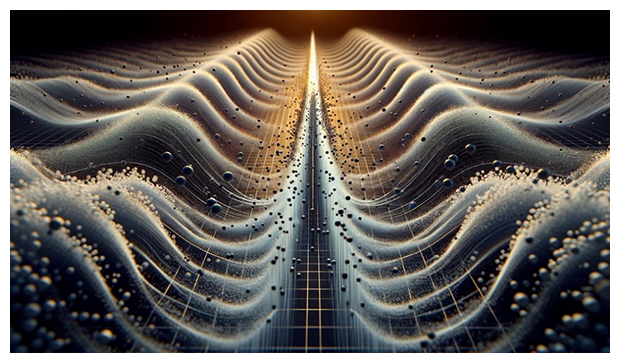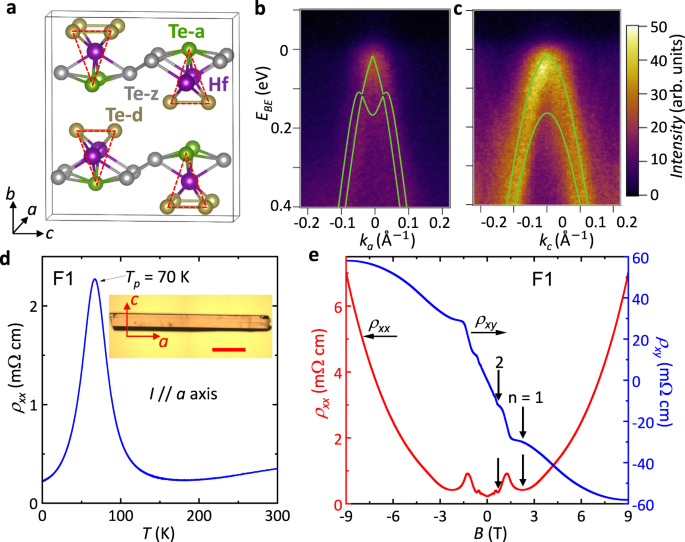2024-01-24 アメリカ合衆国・ブルックヘブン国立研究所(BNL)

・ BNL、コロンビア大学とスト―二―ブルック大学が、DNA の誘導によるアセンブリー技術(DNAdirected assembly) をベースに、様々な種類の金属・半導体 3D ナノ構造体を作製する技術を開発。
・ 導電性、感光性や磁性等の有益な特性を生じさせるような分子配列を「導く」ように DNA 鎖をプログラムすることで、切り替え可能な薄膜や 3D ナノ超伝導体等の機能性材料をこれまでに作製している。
・ この技術の研究を次の段階へと進め、DNA 格子中にシリカを成長させてより強靭な構造体の作製に成功し、ワイドバンドギャップ半導体の可能性を開いたが、より効率的に金属や半導体材料を製造する技術の開発が必要とされている。
・ 本研究では、DNA 誘導型アセンブリーに気相浸透法(VPI)を取り入れ、気体の金属元素前駆体をシリカ格子に結合させた 3D 金属構造体の作製に成功。VPI は、マイクロエレクトロニクス材料や水素分離膜等に使用されている技術。
・ また、液体の前駆体を使用する液相浸透法(LPI)を通じ、他の金属塩をシリカ格子に結合させることで多様な金属構造体も作製。VPI と LPI の両技術を取り入れることでより詳細な制御が可能となり、DNA格子を保持しながら 3D 無機ナノ構造体を製造する。
・ VPI での気体の前駆体が LIP の様々な金属塩と結合し、より複合的な構造体の迅速な作製が可能に。亜鉛、アルミニウム、銅、モリブデン、タングステン、インディウム、スズや白金の多様な組み合わせを含む、高度に構造化された 3D ナノ材料の作製を実証。このような VPI・LPI を統合した DNA 誘導型アセンブリー技術を通じ、絶縁材料に酸化亜鉛等の金属酸化物半導体を添加して 3D ナノ構造体に導電性と感光性を付与した。
・ 複雑なナノ構造の詳細の解明と、新技術の有効性とシリカ格子への化学物質の浸透具合の確認のため、米国立シンクロトロン光源Ⅱ(NSLS-Ⅱ)での 3D ナノ構造体の特性の調査、電子顕微鏡施設でのこれらの高解像度画像生成、また、NSLS-Ⅱの各ビームラインによるそれらの 3D 原子配列や、構造と化学物質組成の 3D 画像生成を実施した。
・ この新技術は微細スケールでの先進的製造におけるブレイクスルーの土台を築くもの。本研究は米国エネルギー省(DOE) 科学局(SC)が支援した。
URL: https://www.bnl.gov/newsroom/news.php?a=121640
<NEDO海外技術情報より>
関連情報
Sicnece Advances 掲載論文(フルテキスト)
Three-dimensional nanoscale metal, metal oxide, and semiconductor frameworks through DNAprogrammable assembly and templating
URL: https://www.science.org/doi/10.1126/sciadv.adl0604



